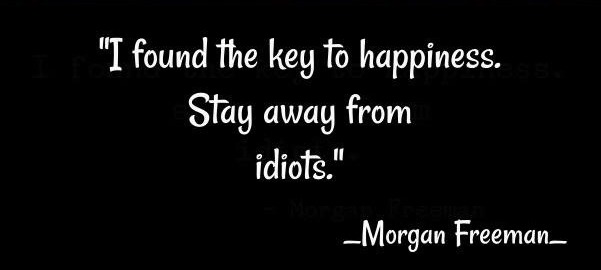I've owned a lot of stereo equipment over the years. A lot. When I actually sat down and attempted to make a list it was embarrassing. I also missed out on–or consciously passed over—several pieces of gear I'd love to get my hands on today, as ridiculous as that sounds. Whole brands I casually dismissed because I didn't care for the aesthetics now hold unbridled fascination.
But what would I do with this gear? I already have a full system in use and a receiver that's sitting In the closet. And yet, I'd like to at least hear some of this stuff (not that my ears are anywhere near as discerning as they were in my teens and 20s).
I only bring this up because occasionally a piece of equipment shows up on Instagram that elicits an, "Awww…" reaction.
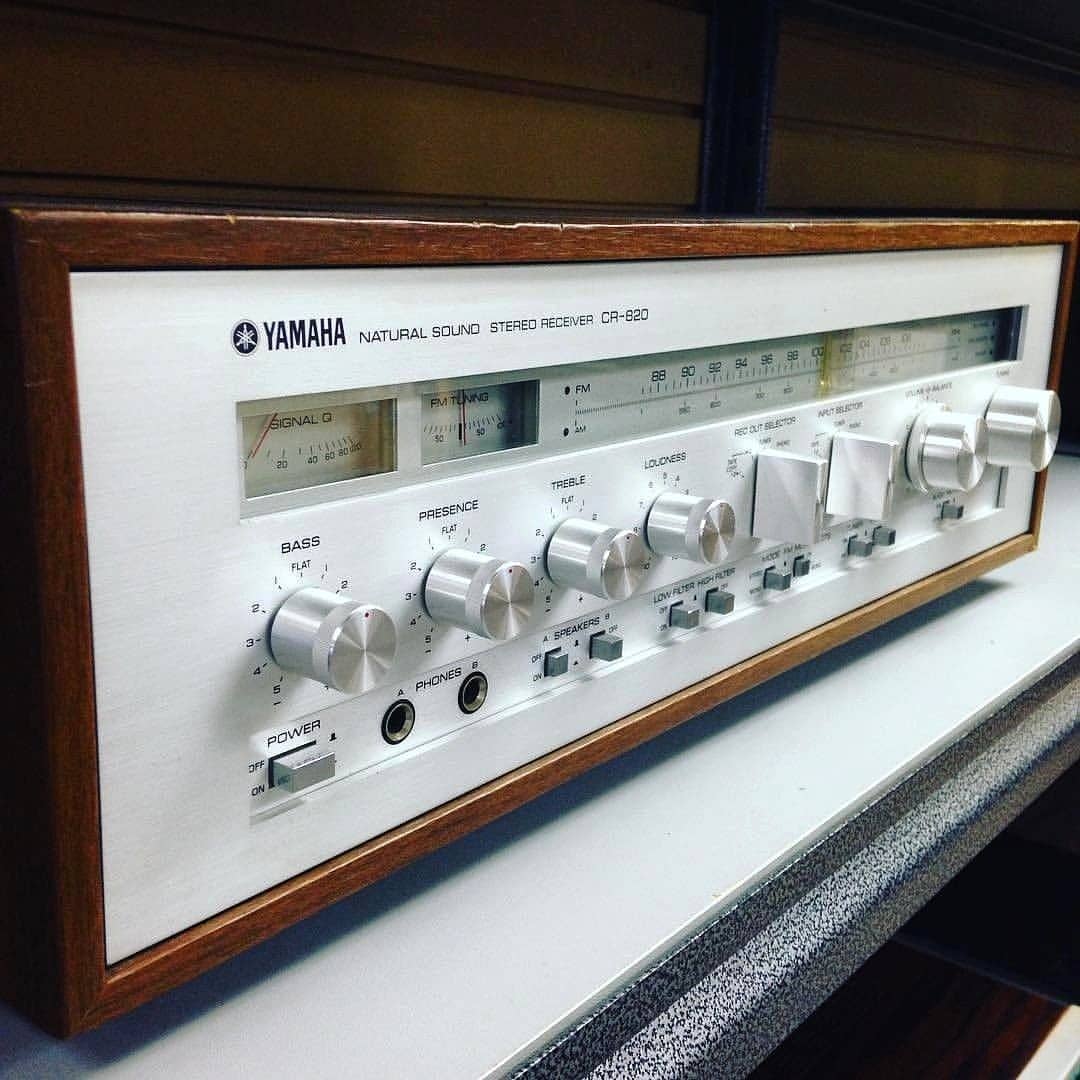
In my opinion, Yamaha's designs were almost always innovative and exemplary. The objects were stunning, the controls silky. The sound was awesome. But you paid the price. Among the big Japanese firms of the day, Yamaha was definitely considered a high-end, luxury brand—and it was priced accordingly. While price wasn't always an issue (I could justify pretty much anything if I wanted it badly enough), my Yamaha love was sidetracked by the arrival of Sony's equally high-end V-FET line of amplifiers. While I probably couldn't hear any difference between a V-FET amp and a regular transistor amp now, back in the late 70s, it was obvious and it the sound was so good it soured me to what were otherwise great pieces of equipment. As I'm sure I've written about before, I got my Sony V-FET, and then over the next decade, the amp proceeded to self-destruct on a regular basis, requiring an expensive repair each time to get it up and running again. I tried replacing it more than once during those ten years, first with a set of Technics Micro Series components that fired my imagination, but in comparison were ultimately disappointing sound-wise, and again with a different Sony amp whose sound was less engaging but at least reliable.
The time came to replace that amp after helping a friend buy a new Yamaha system. I decided it was time to revisit my dormant, but unfulfilled Yamaha yearning.
Unlike many of the Japanese audio manufacturers who had abandoned the "big iron" philosophy of the late 70s and started building what I not-so-affectionately refer to as "black plastic crap," Yamaha remained true to its roots, continuing to build high-end, metal-encased gear of heft. Yes, it was still expensive, but at least you felt like you were getting your money's worth.
I settled on a 100 watt per channel Yamaha A-700 integrated amp and the matching T-700 tuner. At the time I also decided it was also time to retire the aging Infinity loudspeakers I'd had since high school and replaced them with a pair of Phase Tech PC60s. The sound was…incredible. It easily rivaled the V-FETs and in many ways surpassed them. Coupled with the separate subwoofer I added a year later, the combination was capable of shaking the house to the foundation.
Sadly, I sold the amp and tuner a decade later, after having discovered the wonders of eBay, allowing me to pick up some of the gear I'd lusted over twenty years earlier for cheap. I replaced them with a Technics SA-800 receiver, a model only one step down from the all time monster SA-1000, the reigning title-holder of the receiver wars of the late 70s.
While I loved the look of the receiver, after only a couple months I was dissatisfied with the sound the Technics produced. When a set of the 700 series Yammies came up for auction on eBay I lept on it. After winning the auction, I drove down to Los Angeles to pick them up.
Getting them back to my apartment, I was honestly surprised how much better they sounded than the Technics. The bass was tight; the treble and mid-tones were distinct and well defined. I swore I'd hold onto these components forever.
Of course the Universe had other plans in mind and they were sold out of necessity in 2003.
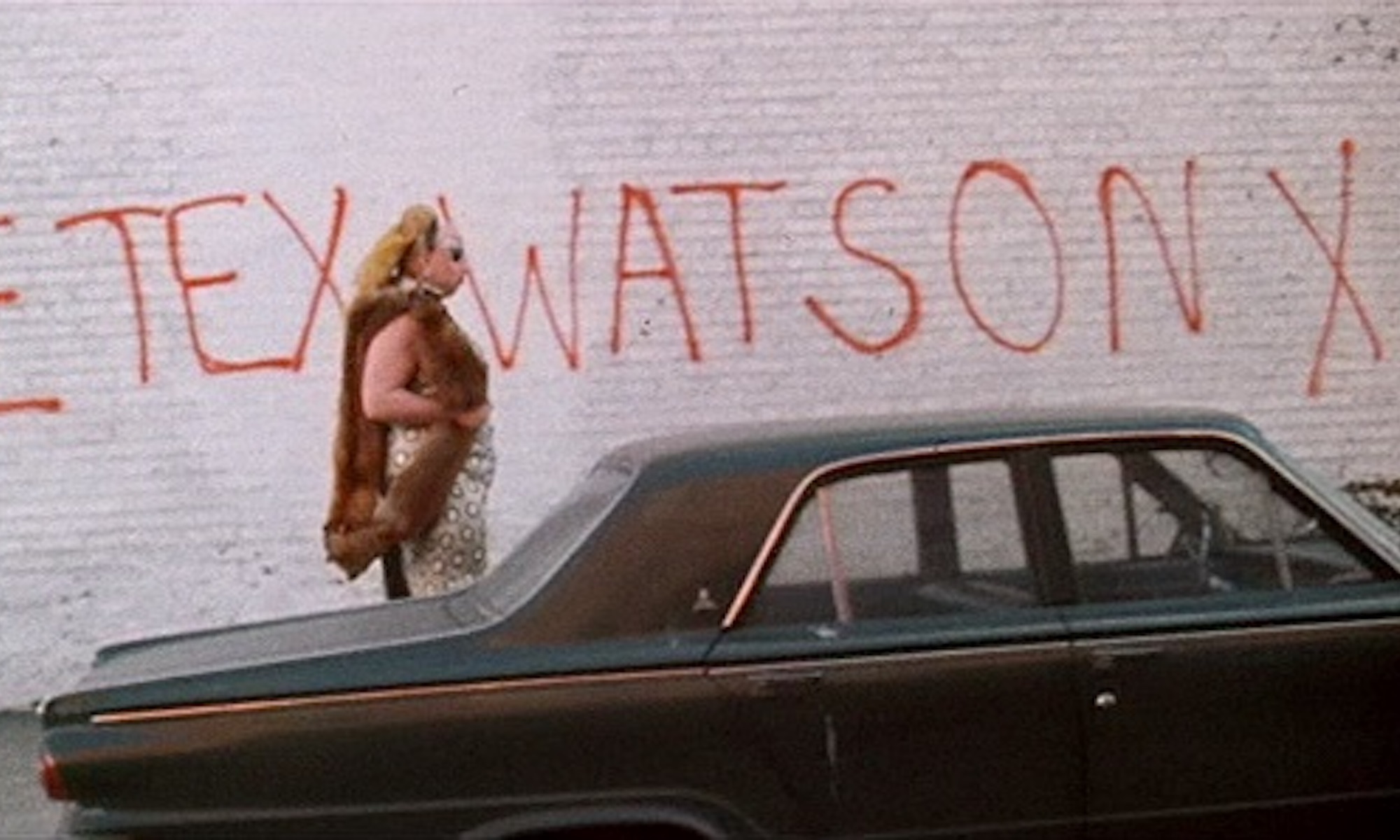
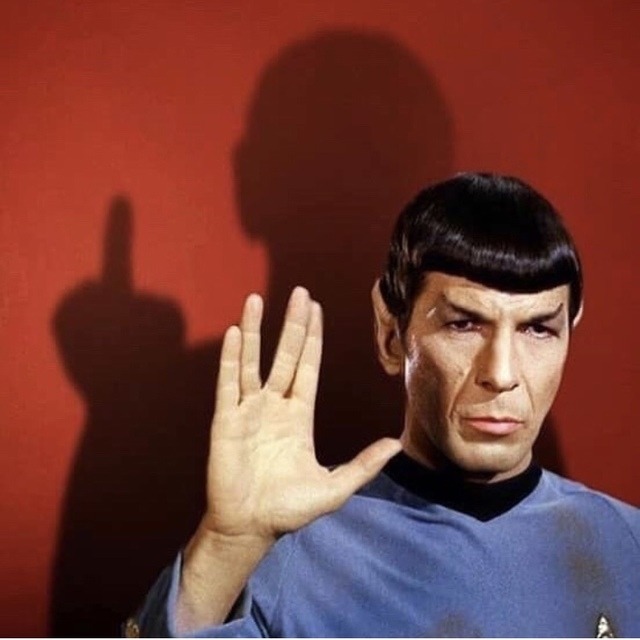

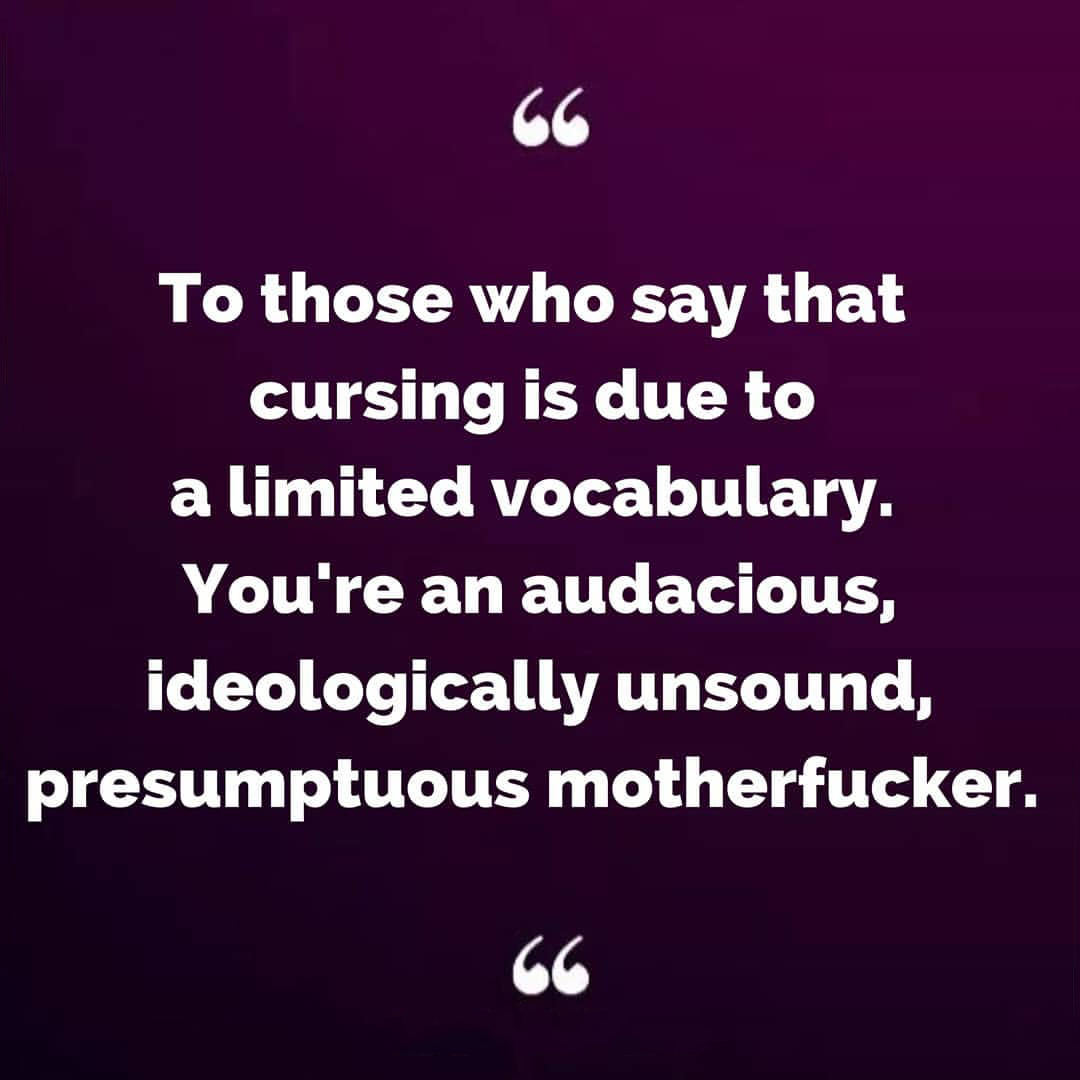


















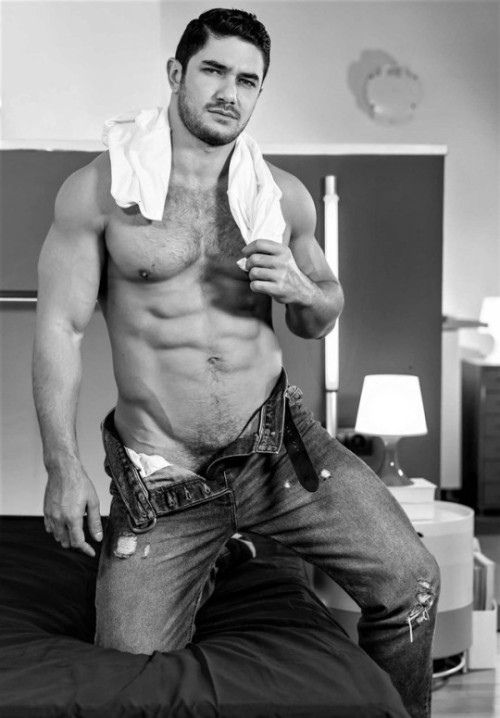




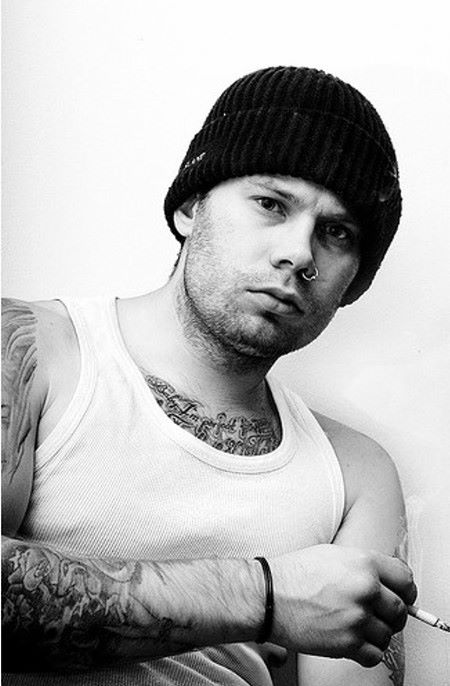
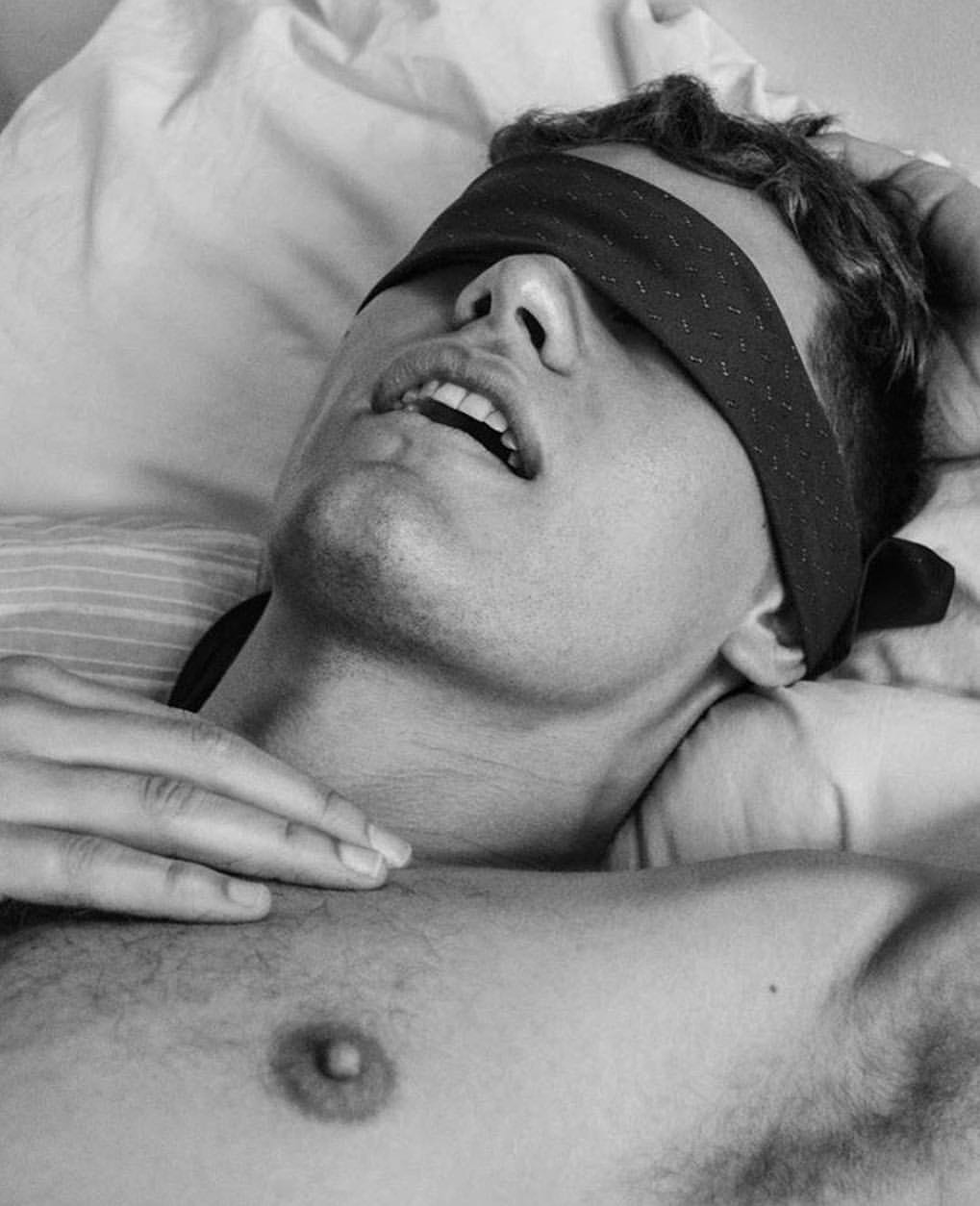
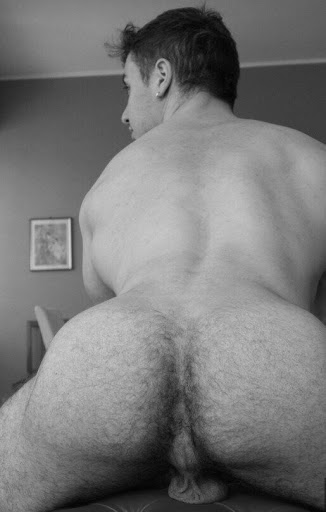
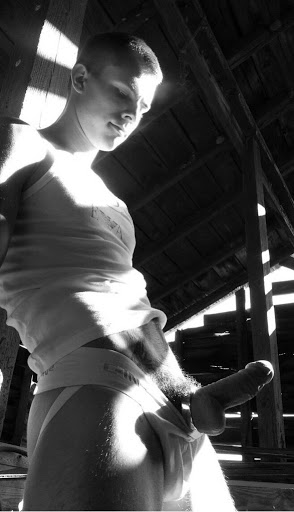
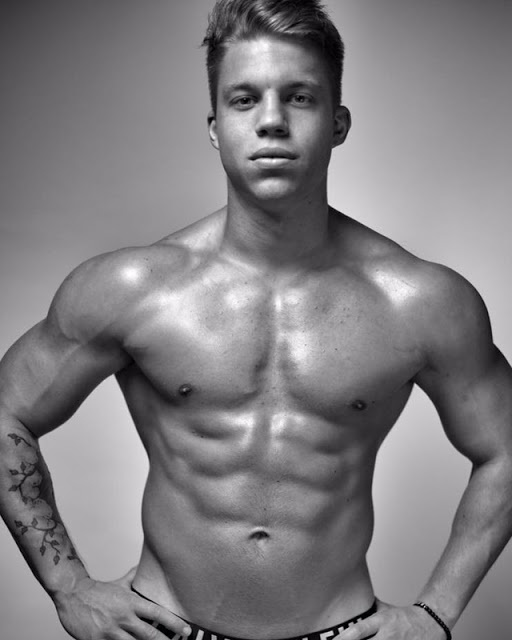


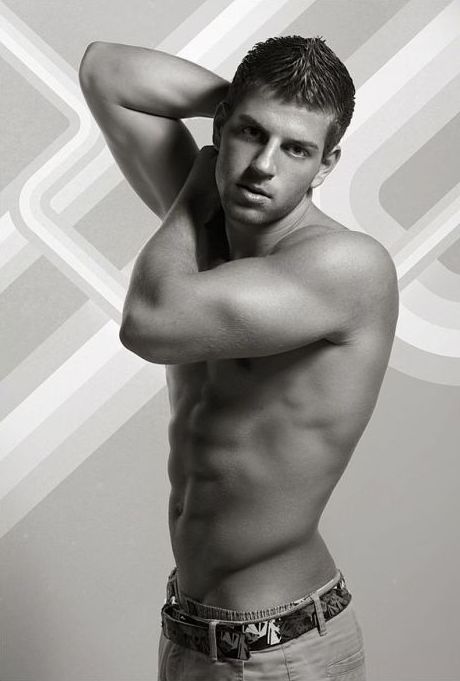
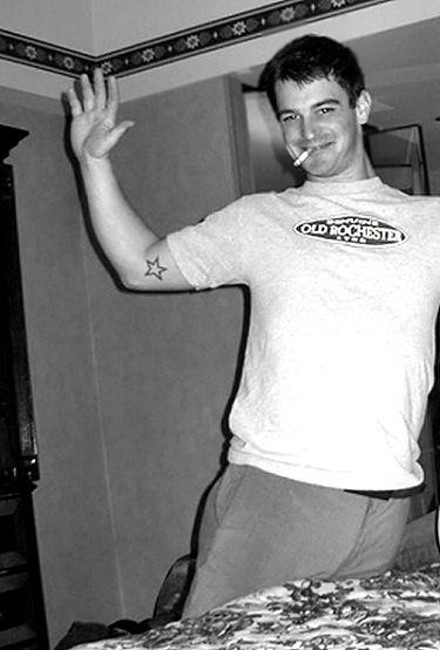
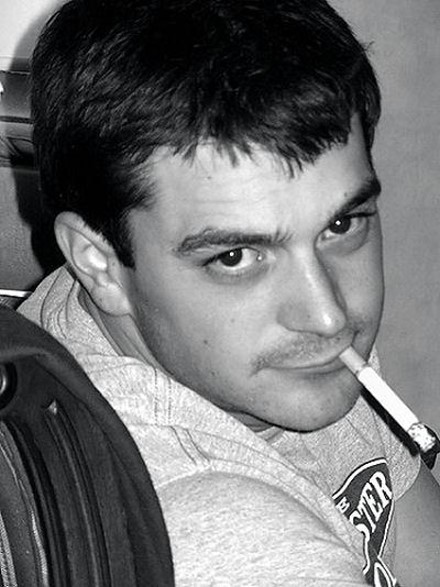
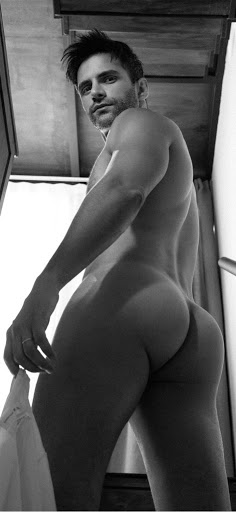

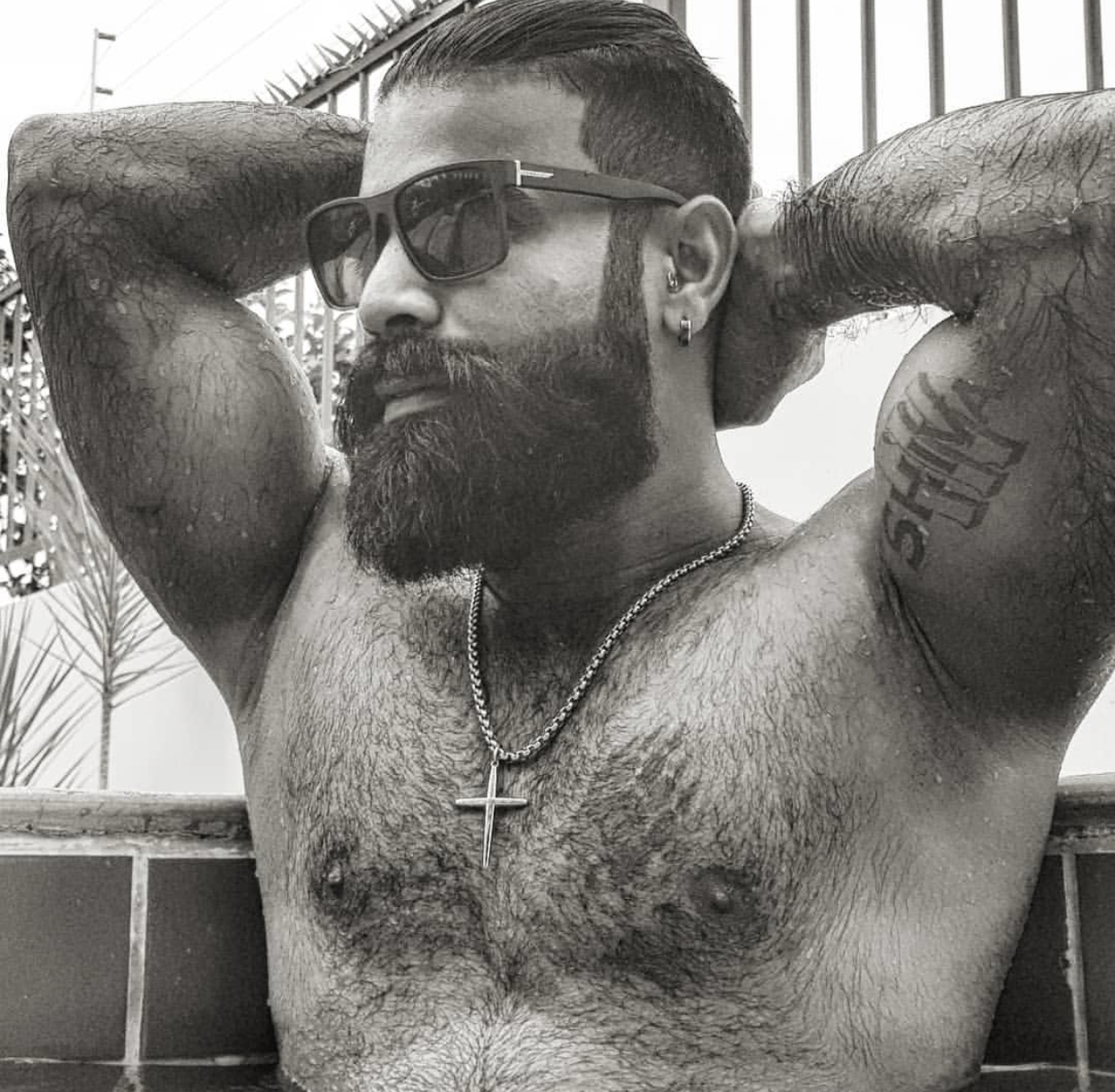
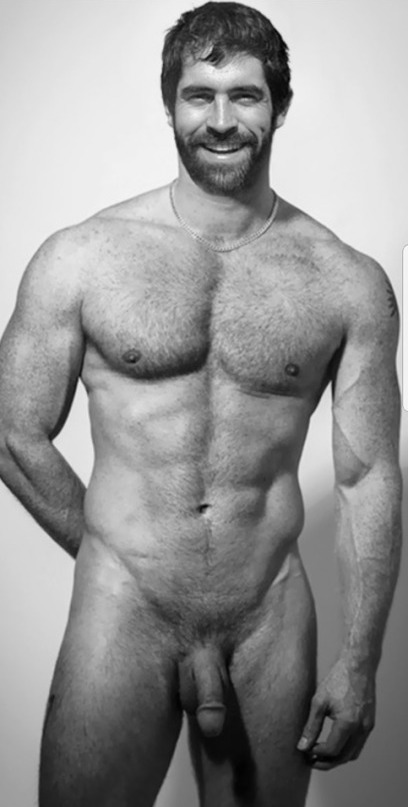

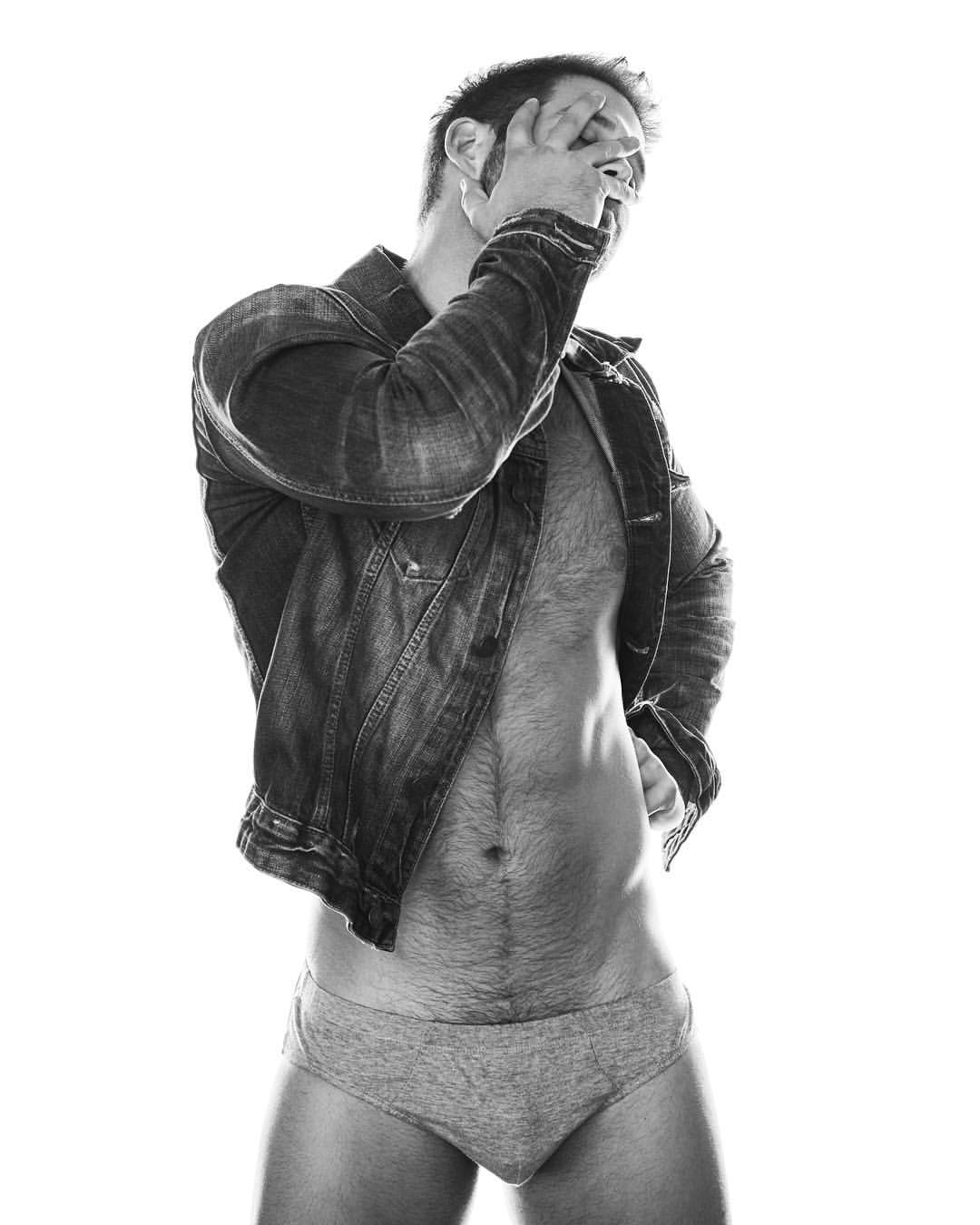



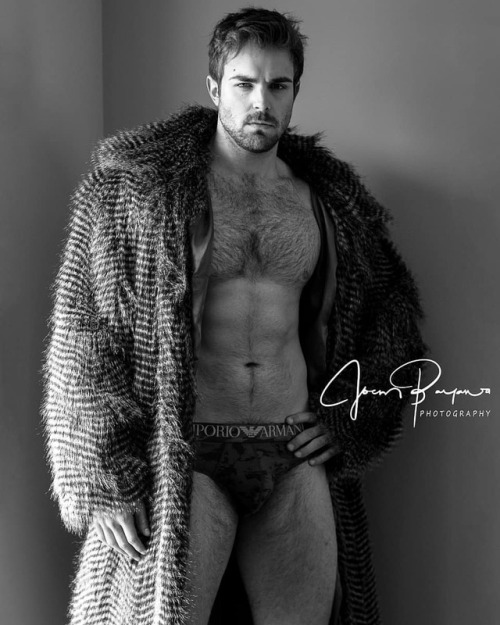






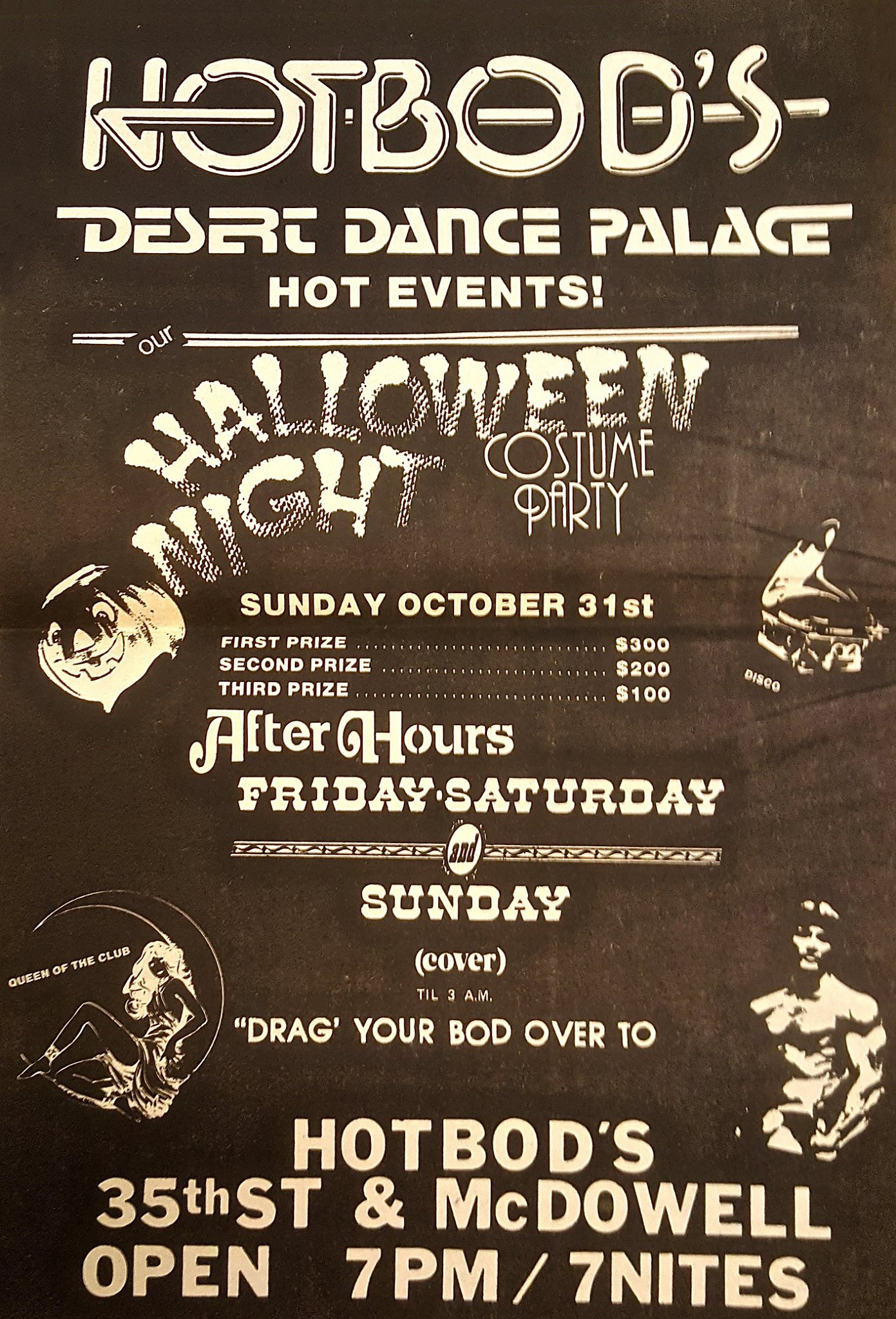
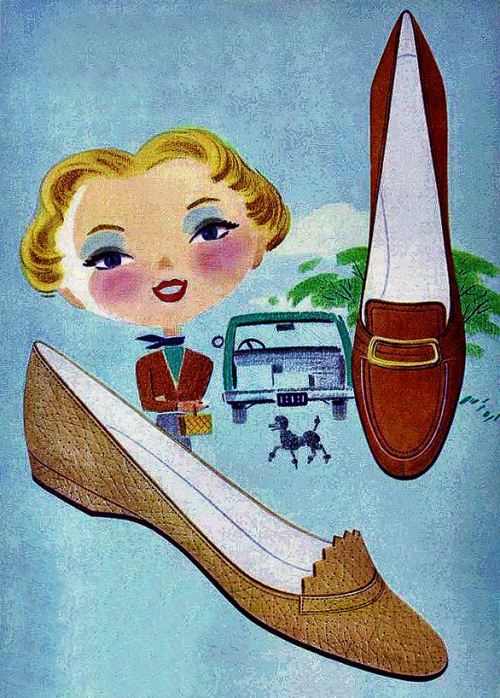





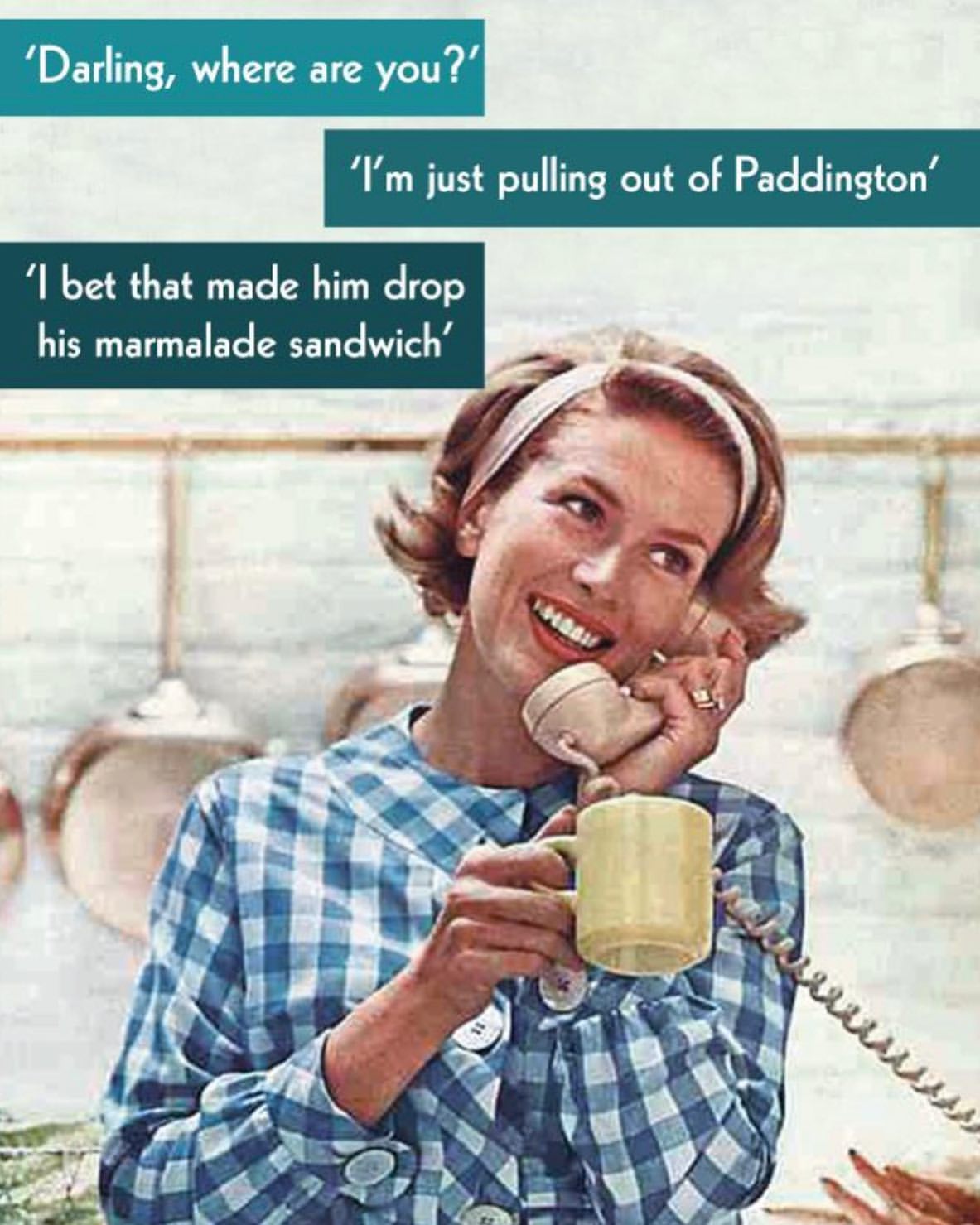
 Stress is caused by being here but wanting to be there." ~ Eckhart Tolle
Stress is caused by being here but wanting to be there." ~ Eckhart Tolle
 via @mvrc.t on Instagram
via @mvrc.t on Instagram
